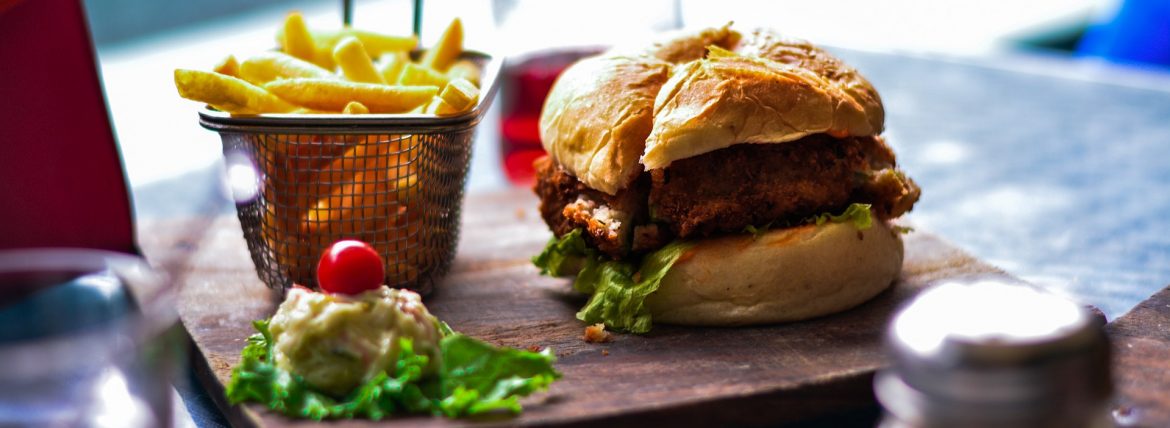In today’s busy world, Americans are eating and drinking about one-third of their calories away from home. In general, foods prepared away from home provide more calories, sodium, and saturated fat than meals consumed at home. This makes it important to know your options, so you can make the best food choices for you and your family when eating out.
To help consumers know the calories in foods when eating out, the U.S. Food and Drug Administration issued regulations in 2018 requiring that calorie information be provided on many chain restaurant menus and menu boards. You may have already noticed calorie information when eating out. Celebrate National Nutrition Month by using calorie information to make better food choices when dining out.
Why Calories Matter
To achieve or maintain a healthy body weight, balance the number of calories you eat and drink with the number of calories you burn. With calorie information becoming available at many restaurants and eating establishments, you’ll now be able to compare foods and beverages and choose healthier options.
Calories “In Context”
To help put calorie listings in the context of a total daily diet, restaurants will also include this statement on menus and menu boards: “2,000 calories a day is used for general nutrition advice, but calorie needs vary.” Your calorie needs may be higher or lower and will depend on your age, sex, and physical activity level. Determine your calorie needs at https://www.fda.gov/caloriesonthemenu.
Where You’ll See It
Calorie labeling is required for restaurants and similar retail food establishments that are part of a chain of 20 or more locations. Look for calorie information for:
- Meals or snacks from sit-down and fast-food restaurants, bakeries, coffee shops, ice cream stores, drive-through windows, movie theatres, amusement parks, and take-out/delivery foods
- Foods, such as sandwiches, ordered from a menu or menu board at a grocery/convenience store or delicatessen
- “Self-serve” foods from a salad or hot-food bar at a restaurant or grocery store
- Alcoholic drinks/cocktails when they are listed on menus
Restaurants that are required to provide calorie information on menus and menu boards are also required provide written nutrition information on menu items, including total fat, saturated fat, trans fat, cholesterol, sodium, total carbohydrates, dietary fiber, sugars, and protein. So, when eating out, don’t hesitate to ask for more nutrition information!

